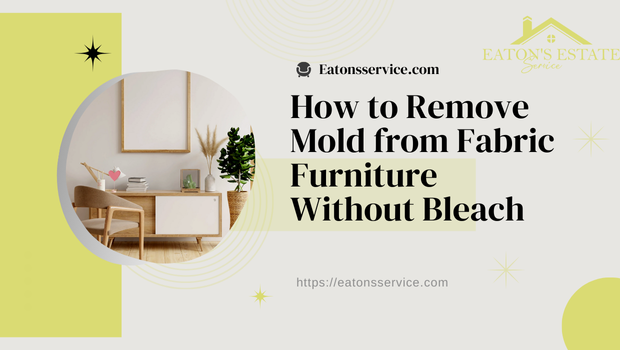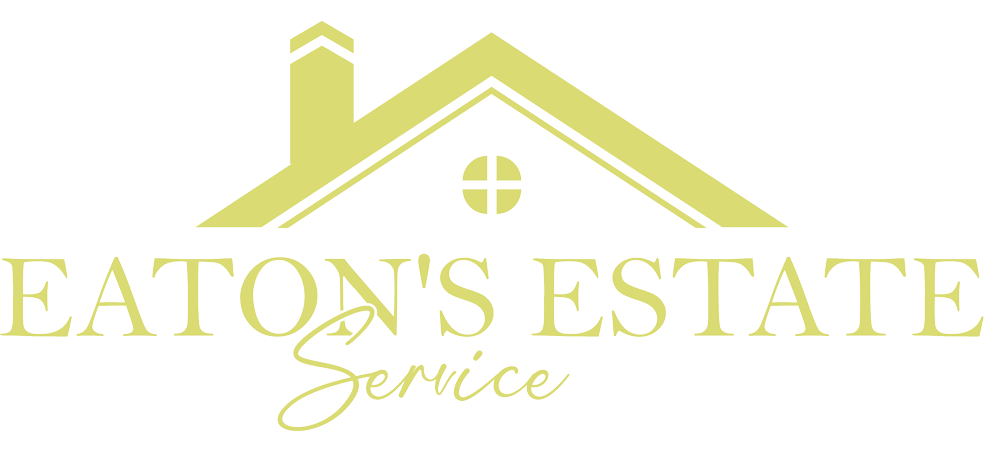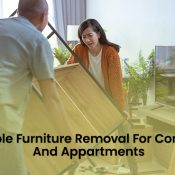
How to Remove Mold from Fabric Furniture Without Bleach?
Mold on furniture is a common problem, especially in humid areas or homes that experience leaks. Fabric furniture, such as sofas, chairs, and cushions, is particularly vulnerable because it absorbs moisture easily. Mold not only looks unsightly but can also cause health issues, including allergies, respiratory problems, and unpleasant odors. While bleach is often recommended, it can damage fabrics and produce harmful fumes. Fortunately, there are safe, effective ways to remove mold without bleach, using natural solutions and careful cleaning techniques. This guide will help you tackle mold on both fabric and wooden furniture, prevent future infestations, and know when to call in professional help.
Table of Contents
Toggle1. Understanding Mold and Its Risks
Mold is a type of fungus that thrives in warm, damp, and poorly ventilated spaces. It spreads through tiny spores that can settle on fabric and wood, making furniture a common target. Once mold develops, it can create a musty smell, discoloration, and even health problems such as sneezing, skin irritation, and asthma flare-ups. Understanding why mold grows is the first step in controlling it. Fabric furniture absorbs moisture from spills, humidity, and even body heat over time, creating the perfect environment for mold. Learning how to remove mold quickly is essential to prevent it from spreading to other areas of your home.
2. Safety Precautions Before Cleaning
Before attempting to clean mold from furniture, it’s crucial to protect yourself. Mold spores are airborne and can cause irritation when inhaled, so wearing gloves and a face mask is necessary. Using a vacuum with a HEPA filter can help remove loose spores without spreading them around. Cleaning areas should be well-ventilated, preferably near open windows or outdoors. Additionally, avoid soaking furniture with water or cleaning solutions, as excessive moisture can worsen mold growth. Natural cleaning agents like vinegar, baking soda, and hydrogen peroxide are safe alternatives to bleach and work effectively to remove mold without damaging your furniture.
3. Removing Mold from Fabric Furniture
To remove mold from fabric furniture, start by vacuuming the affected areas with a HEPA-filtered vacuum to collect loose spores. Lightly spray a solution of equal parts white vinegar and water onto the moldy spots, taking care not to saturate the fabric. Gently scrub with a soft-bristled brush or cloth to lift the mold from the fibers. For lingering odors, sprinkle baking soda over the cleaned areas, let it sit for a few hours, then vacuum it off. Finally, ensure the furniture dries completely, either outdoors or using fans. This method is effective, safe, and preserves the integrity of your fabric furniture, avoiding harsh chemicals like bleach.
4. Removing Mold from Wooden Furniture
Wooden furniture can also develop mold, particularly in humid environments. The first step is to dust and vacuum the surface to remove loose spores. A mixture of equal parts white vinegar and water can be applied using a damp cloth to clean moldy areas. For stubborn spots, gently scrub with a soft-bristle brush, ensuring the wood does not become too wet. Once cleaned, allow the furniture to air dry thoroughly and apply a protective layer of wax or polish to prevent future mold growth. Professionals such as Eatons Service offer specialized help to clean mold off wood furniture, especially for antiques or delicate pieces.
5. Preventing Mold on Furniture
Prevention is always better than cleaning mold after it appears. Keeping humidity levels below 50 percent is essential, and using dehumidifiers or air conditioners can help achieve this. Avoid placing furniture directly against damp walls or near leaky windows. Clean spills immediately and allow the furniture to dry thoroughly. Additionally, fabric protectors or anti-mold sprays can provide an extra layer of protection. Regular maintenance and vigilant care make it easier to remove mold before it becomes a significant problem, prolonging the life of your furniture and keeping your home safe.
6. When to Seek Professional Furniture Removal Services
Sometimes mold infestations are too extensive for DIY methods, especially if the furniture is large or heavily affected. In these cases, professional furniture removal services can be invaluable. Companies like Eatons Service can help with office furniture removal, old furniture removal, and furniture junk removal, ensuring that moldy items are safely removed and disposed of without contaminating other areas. Professional services also offer expertise in restoring wooden furniture, which may require special techniques to remove mold from wood furniture without causing damage. Hiring experts saves time, reduces health risks, and guarantees thorough cleaning.
7. Understanding Costs and Finding Affordable Services
The cost of junk and furniture removal varies based on factors such as the volume of items, location, and complexity of the job. Searching for cheap furniture removal near me can help find budget-friendly services that meet your needs. Some services offer estate cleanouts or partial furniture removal, making it easier to remove furniture without paying for unnecessary labor. Knowing the junk removal cost upfront ensures you can plan effectively and avoid surprises. Professional services are particularly helpful when DIY cleaning is impractical, and they provide peace of mind that mold will not spread to other areas of your home.
8. DIY Mold Removal vs. Professional Help
While DIY mold removal can be effective for small areas, professional help is often better for large infestations or valuable furniture. DIY cleaning requires time, careful attention, and safety precautions, while professionals bring specialized tools and expertise. Services like furniture junk removal and estate cleanout service can remove moldy furniture safely, restore wooden pieces, and ensure that mold does not spread during the cleaning process. Understanding when to handle mold yourself and when to call in professionals helps protect your home, furniture, and health.
Step-by-Step Guide to Remove Mold from Fabric Furniture
Here’s a simple method to safely remove mold from fabric furniture without bleach:
Step 1: Vacuum the Furniture
Use a vacuum with a HEPA filter to remove loose mold spores. Avoid using a regular vacuum as it can blow spores back into the air. Make sure to vacuum every surface, including seams and crevices.
Step 2: Apply a Vinegar Solution
Mix white vinegar with water in a 1:1 ratio in a spray bottle. Vinegar is a natural antifungal that can kill mold without damaging fabric. Lightly spray the solution onto the affected area. Avoid soaking the fabric, as excess moisture can encourage mold growth.
Step 3: Scrub Gently
Use a soft-bristled brush or a clean cloth to gently scrub the moldy area. This helps lift the mold from the fabric fibers.
Step 4: Apply Baking Soda
Sprinkle baking soda over the dampened area to absorb moisture and neutralize odors. Let it sit for a few hours, then vacuum it off.
Step 5: Dry Thoroughly
Ensure the furniture dries completely by placing it in a sunny, well-ventilated area or using fans. Mold thrives in damp environments, so thorough drying is essential.
Alternative Natural Solutions
In addition to vinegar and baking soda, there are other natural ways to remove mold from fabric furniture:
- Hydrogen Peroxide: A 3% hydrogen peroxide solution can be sprayed on moldy areas. It works as a disinfectant and deodorizer.
- Tea Tree Oil: A natural antifungal, tea tree oil can be mixed with water and lightly sprayed onto affected fabric.
Always test any solution on a small, hidden area first to ensure it does not discolor the fabric.
How to Prevent Mold on Fabric Furniture
Prevention is better than cure. Here are tips to keep your fabric furniture mold-free:
- Keep humidity levels below 50% using dehumidifiers or air conditioners.
- Avoid placing furniture near damp walls or windows.
- Clean up spills immediately and ensure furniture dries quickly.
- Use fabric protectors or anti-mold sprays to provide extra protection.
9. Conclusion: Keeping Furniture Safe and Mold-Free
Mold on furniture is more than an aesthetic issue; it is a potential health hazard that requires prompt attention. By following proper cleaning techniques, using natural solutions, and taking preventative measures, you can effectively remove mold from fabric and wooden furniture. Regular care, proper ventilation, and humidity control are key to preventing future infestations. For severe cases or valuable items, relying on professional services like Eatons Service ensures safe removal and disposal. Whether you need office furniture removal, old furniture removal, or furniture junk removal, acting quickly will keep your furniture safe, clean, and mold-free.




